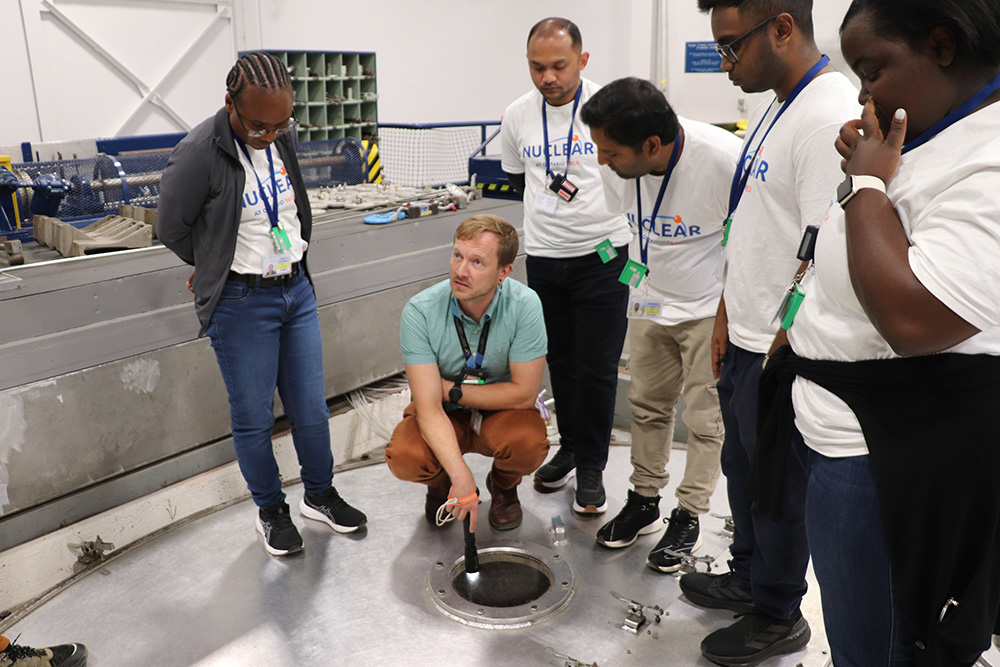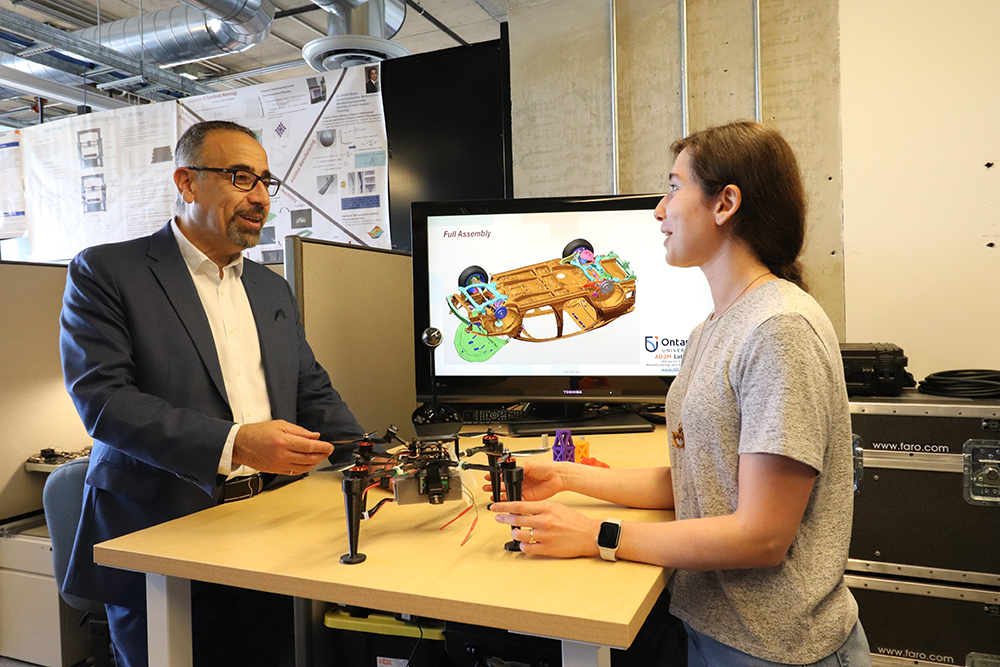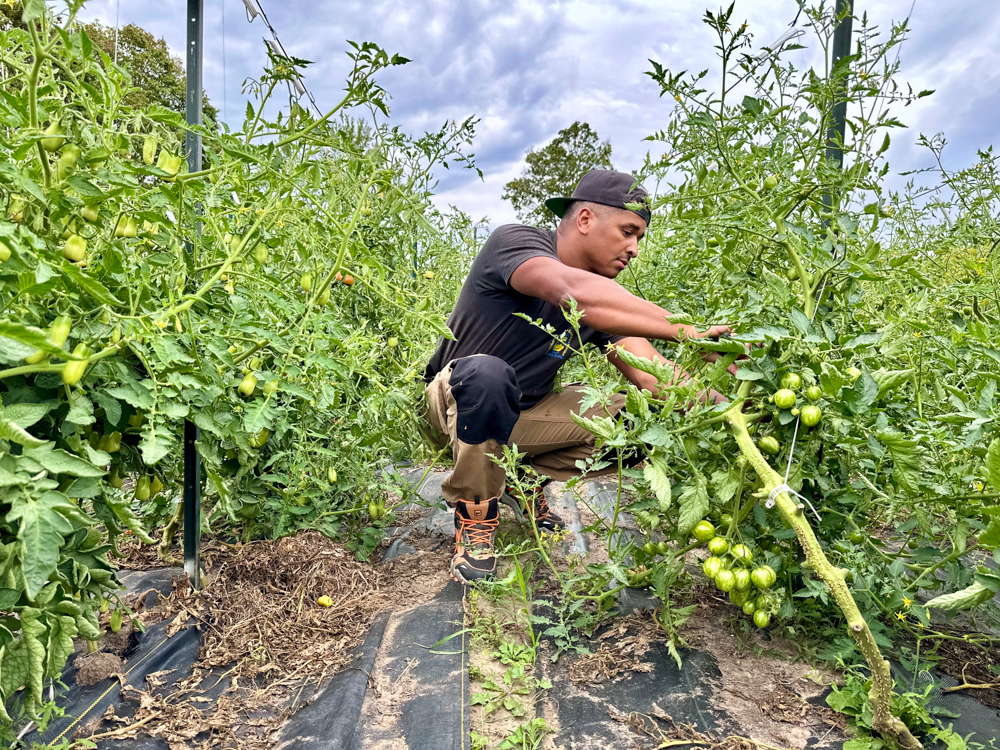Sustainability
We promote environmental, social and economic sustainability. Collaborating with faculty, staff and students, we implement best practices and create a culture of sustainability while encouraging community engagement. Explore our initiatives, events and opportunities to get involved.
Latest news
All news
What are small modular reactors, and how are they shaping Canada’s low-carbon future?


What are small modular reactors, and how are they shaping Canada’s low-carbon future?
September 12, 2025
Ontario Tech grad students get a career-building experience at Canada’s top nuclear research lab


Ontario Tech grad students get a career-building experience at Canada’s top nuclear research lab
September 10, 2025
From students to innovators: How Ontario Tech is shaping Canada’s automotive future


From students to innovators: How Ontario Tech is shaping Canada’s automotive future
September 4, 2025
The power of food: Ontario Tech supports community effort to fight food insecurity


The power of food: Ontario Tech supports community effort to fight food insecurity
September 2, 2025